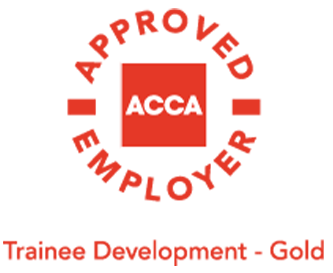Abolition of Class 2 NICs
Newsletter issue - January 2017.
Originally announced at Budget 2016, the 2016 Autumn Statement confirmed that Class 2 National Insurance Contributions (NICs) will be abolished from April 2018, hopefully achieving the desired effect of simplifying National Insurance for the self-employed and making the system fairer for employed and self-employed individuals.
At the same time as the abolition of Class 2 NICs, the system for Class 4 NICs will also be reformed to include a new threshold - to be called the 'small profits limit' (SPL). The amount of the SPL for 2018/19 is yet to be confirmed but is likely to be around £6,025.
Payment of Class 2 NICs by the self-employed - a standard weekly contribution of £2.80 per week in 2016/17, rising to £2.85 per week from April 2017 - gives eligible individuals access to certain contributory benefits such as contribution-based employment and support allowance, basic state pension and bereavement benefits.
Class 4 NICs are paid by the self-employed on profits above the annual 'lower profits limit' (LPL). For 2016/17 contributions are payable at the rate of 9% on profits between £8,060 (the LPL) and £43,000 (the 'upper profits limit (UPL)). Contributions are then paid at the rate of 2% on profits above the UPL. For 2017/18 the LPL will be £8,164 and the UPL will be £45,000.
After abolition of Class 2 NICs from April 2018, those with profits between the SPL and the LPL will not be liable to pay Class 4 contributions but will be treated as if they have paid Class 4 contributions for the purposes of gaining access to certain contributory benefits. Those with profits at or above the Class 4 LPL will gain access to the new state pension, contributory employment and support allowance (ESA) and bereavement benefit. Those with profits above the LPL will continue to pay Class 4 contributions.
The special arrangements that currently apply to share fishermen and volunteer development workers that allow them to pay special rates of Class 2 NICs to gain access to a wider range of benefits than currently available through Class 2 will also be abolished from April 2018. Transitional provisions will apply.
Class 3 contributions, which can be paid voluntarily to protect entitlement to the state pension and bereavement benefit, will be expanded from April 2018, to give access to the standard rate of Maternity Allowance (MA) and contributory ESA for the self-employed. Rates of Class 3 NICs are £14.10 per week for 2016/17 rising to £14.25 in 2017/18.
Concerns over these changes have been expressed within the tax profession. Anthony Thomas, Chairman of the Low Incomes Tax Reform Group (LITRG) said that some parts of these proposals are good news for self-employed workers on low earnings, but by no means all. Those with profits between the Class 2 exemption limit (currently £5,965) and the Class 4 LPL (currently £8,060) will be better off because they will pay no NI but be credited with contributions. The Group's concern is for those with lower earnings than £5,965 who would have to pay voluntary Class 3 contributions in the future to protect their benefits entitlement if they did not obtain NI credits through receipt of other benefits, for example tax credits, child benefit or Universal Credit. Class 3 contributions will cost almost five times the amount they are paying now (£14.10 per week compared to £2.85 per week) and may mean the cost is unaffordable, leading them to rely more on means-tested benefits in the future.






